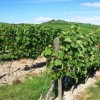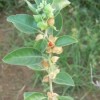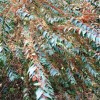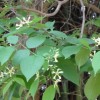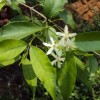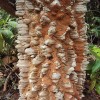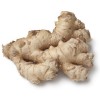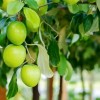Abrus precatorius
Climber, fruits bear red seeds. In ancient times, the seeds were used by jewellers to weigh gold.
Abrus precatorius (white seed)
Climber. The seeds of this plant which is known locally as Sweta Gunjia have toxic properties but are used for medicinal purposes.
Acorus calamus
Perennial wetland herb, leaves and rhizomes scented. Dried roots are used to cure wide variety of ailments.
Actinodaphne angustifolia / Actinodaphne gullavara / Actinodaphne hookeri
Tree, leaves arranged in whorled pattern and soft.
Adhatoda zeylanica / Justicia adhatoda
Shrub, bark yellowish, leaves dark green above, pale beneath. Leaves are used in treating asthma and bronchitis.
Alangium salviifolium
Small, bushy tree, short trunk. Fragrant flower petals curl backwards to allow the stamens and stigma to be seen prominently.
Allium cepa (small)
Both the bulb and leaves of the common onion are edible and it is one of the most widely cultivated plants in the world.
Alpinia calcarata
This herb has white with yellow and red variegated fragrant flowers resembling snapdragons.
Alstonia scholaris
Trees, leaves 7 arranged in whorled pattern. Slate frames were prepared from this wood.
Alternanthera sessilis
Herb, runner, white, star shaped flowers at the leaf axils. A very common weed that attracts butterflies.
Amaranthus retroflexus
This flowering plant is eaten as a vegetable in different places of the world. Used in Kerala to make a dish called thoran.
Amorphophallus commutatus
Herb, tubers, flowers with foetid smell. Its young inflorescence is used as a vegetable during monsoon.
Amorphophallus paeoniifolius
Herb, leaf base with white dots. Underground stem is used as a vegetable.
Anagallis arvensis (blue)
A low growing annual plant also called the blue pimpernel. Now naturalised almost the world over.
Anthocephalus indicus / Neolamarckia cadamba
Tree, fissured bark, branches horizontal. Evergreen avenue tree.
Aristolochia indica
Climber, stem grooved, flowers upside down. Used in traditional medicines to cure snakebites.
Artocarpus heterophyllus
Tree, dark brown bark. Fruit is widely eaten and also a favourite of elephants.
Asparagus racemosus
Woody climber with stem modified in to leaves. Prickly climber and roots have medicinal properties.
Asystasia gangetica
The word gangetica is derived from the Ganges River in India. This ground cover attracts all kinds of insects.
Bambusa arundinacea / Bambusa bambos
Bamboo, thorny lower braches are long and wiry. Used to treat respiratory disorders.
Bambusa multiplex
It grows up to 15 feet. The flowers are hermaphrodite i.e. they have both male and female organs.
Bambusa tuldoides Munro
Bamboo, swollen internodes. Commonly planted in gardens for its uniquely shaped internodes.
Barleria cuspidata
Shrub, slender spines occur in leaf axils. Common plant of the Western Ghats which flowers post monsoon.
Barleria obtusa
A pretty shrub, also known as bush violet because of the dense cover of its violet flowers.
Barringtonia asiatica
Tree, large leaves, broad at apex narrow at base, young leaves born with pinkish veins. Seeds & fruits float on water while trying to locate spot for germination.
Bauhinia racemosa
Tree, small drooping branches, thick leaves. Juice of leaves is useful in healing old wounds.
Beta vulgaris
Herb, stem reddish. Roots contain silica which helps the body absorb calcium efficiently.
Boswellia serrata
Tree, bark papery ash coloured peeling off in large flex, leaves compound. Resin is highly valued for its medicinal properties.
Brassica juncea
Herb, thin basal leaves with strong aroma. Famous dish 'sarso ka saag' is prepared from its leaves.
Bridelia retusa
Tree, large thorns on young branches, distinct venation. Common plant of the Western Ghats.
Buchanania cochinchinensis
Tree, dark grey crocodile bark with red blaze. Seeds are used to add flavour in many sweet dishes.
Butea monosperma
Tree, three leaflet with central bigger in size. Birds and insects love to feed on its nectar.
Caesalpinia bonduc
Climber, pods prickly seed red coloured. Grown along boundaries to create a natural fence.
Calamus thwaitesii
Strong spiny climber, leaf sheath yellow-green. Stem is commonly used to make strong walking sticks.
Careya arborea
Tree, leaves gathered at apex, broad at end narrow at base. Bark is the favourite food of wild boars.
Carvia callosa / Strobilanthes callosus
Shrub, stem quadrangular erect. Mass flowering after every seven years.
Cassia fistula
Tree, bark pale grey, leaflets bright green. Used in treating constipation and fever.
Centella asiatica
Herb, creeping stem, rooting at nodes, reddish. Given to children for memory development.
Chamaecostus cuspidatus / Costus igneus
Herb, spiral arrangement of leaves. Medicinal plant with antidiabetic properties.
Cheilocostus speciosus / Costus speciosus
Herb, dark green leaves, arranged spirally. Birds love to feed on its fruits.
Chonemorpha fragrans
This climber is called Frangipani vine because the fragrant white flowers resemble the Frangipani.
Chrysanthemum indicum
Flowers contain �pyrethrins� which attack the nervous systems of all insects, and inhibit female mosquitoes from biting.
Chrysopogon zizanioides
Khus squash made from this vetiver grass. Also grown to prevent soil erosion. Extracts used to prevent termites. Used in perfumerry.
Cinnamomum verum
Tree, crooked trunk with smooth thick bark. Bark is used as a spice and flavoring agent.
Cissus quadrangularis
Climber, quadrangular, sectioned branches. Stem is very effective in strengthening bones and joints.
Cissus woodrowii
Though a shrub is called Woodrow�s Grape tree because the leaves look like a grape vine. Endemic to Western Ghats.
Clematis gouriana
Climber, stem brown, grooved, flowers fragrant. Common medicinal climber of the Western Ghats.
Clerodendrum serratum
Shrub, leaves opposite, in threes, papery, dented. Monsoon plant used as a vegetable.
Clitoria ternatea (white)
Belongs to the pea family (leguminosae). Its roots fix nitrogen and, therefore, it improves soil quality.
Cochlospermum religiosum
Tree, leaves at the tip of the branches and palmately lobed. Fruits resemble the shell of a snail.
Colocasia esculenta
Herb, tuberous bulb, big peltate leaves like elephant ear. Grows in wet fields near ponds.
Colocasia esculenta blck stalks
The leaves are so large that the plant is sometimes called Elephant ears. The roots or corms are edible and called Taro.
Commelina benghalensis
Herb, leaves flat, ovate , hairy with frilly margin. Monsoon plant used as a vegetable.
Crescentia cujete
Tree, twisting branches, leaves clustered at the nodes. Dried fruit is used in making containers.
Crossandra infundibuliformis (orange, yellow)
Shrub, glossy leaves. Cultivated in gardens for its attractive flowers.
Crotalaria spectabilis
Herb, many branches covered with hairs, leaves wedged shaped at base. Attracts lots of butterflies.
Curcuma longa
Known for its medicinal properties. Contains curcumin which is antibacterial, antiviral, anti-tumour, anti-inflammatory and an antioxidant.
Cymbopogon citratus
Grass, leaves aromatic. Commonly use in teas, soups, curries and also in aromatherapy.
Cyperus rotundus
Called the �world�s worst weed� since it is a very invasive species. Has spread world wide to over 90 countries.
Dalbergia latifolia
Tree, bark grey thin with irregular short cracks, peeling in fibrous longitudinal flakes.
Dendrocalamus hamiltonii
Dull green culms covered with whitish-brown hairs, which become dull brownish-green when dry. Whitish bands occur below and above the nodes.
Dendrocalamus strictus
Grass, densely tufted, much curved, not hollow inside. Used in papermills as raw material.
Derris scandens
As the name Jewel Vine suggests, the rose coloured flowers are an inflorescence of pea-like flowers, twice as long as the leaves.
Derris trifoliata
Climber. Grows in mangrove areas. Leaves contain rotenone, a poison that kills a wide range of creatures � insects, earthworms, fish.
Diospyros montana
Tree, think large leaves, blunt at tip, smooth above, velvety below. Dried leaves are used in making 'bidis'.
Ficus benghalensis var. krishnae
Pocket like fold at the base of the leaf. It has anti diabetic properties.
Firmiana colorata
Tree, lobed leaves, flowers foul smelling. Bears orange coloured, tube shaped flowers.
Garuga pinnata
Tree, bark light grey, scar of fallen leaves. Fruits are edible and used as a vegetable.
Gmelina arborea
Tree, bark grey coloured Exfoliating. One of the best timbers of the tropical region.
Gnidia glauca
Shrub, thin finger like leaves almost arranged in whorls, without stock. Used as pesticide and fish poison.
Grewia tiliifolia
Tree, 3 nerves from the base of the leaf. Bark and fruit juice applied externally to relieve itching.
Gymnema sylvestre
Climber, rooting at nodes, leaf smooth above and velvety beneath. Used to treat diabetes.
Helicteres isora
Shrub, leaves three nerved at the base, mid rib light coloured. Dried fruits are used to cure stomach aches in children.
Heliotropium indicum
Herb, flowers arranged like scorpion�s tail (tip coiled). Found around lake shores and paddy fields.
Hemidesmus indicus
Herb, spreads on larger area, white, distinct mid rib. Attracts lots of butterflies.
Hibiscus rosa-sinensis
Translates as �Chinese Rose� though it is not a rose. Believed to have come from India. Found imprinted on the notes and coins of Malaysia.
Hibiscus vitifolius / Kosteletzkya vitifolia
Herb, grapelike leaves, densely velvety hairy all over.
Jasminum arborescens
White fragrant flowers. Long petals and thin looking like small stars on the plant. Flowers in April and May.
Jasminum malabaricum
Species of flowering plant in the family Oleaceae, native to southern parts of India, and Sri Lanka.
Jasminum multiflorum
Stark white flowers. Especially sacred to Vishnu. In Manipur, these flowers are an essential part of a marriage ceremony.
Jasminum sambac
Some of the best perfumes and agarbattis are made with this flower. Used for all kinds of festive occasions.
Kaempferia galanga
Becomes dormant in winter. The rhizomes of the plant, have medicinal properties which can cure indigestion, colds, abdominal pains and headaches.
Lagerstroemia indica
Multi-stemmed, deciduous tree. Popular nesting tree for songbirds and wrens. Pink, white, mauve, purple flowers on different trees.
Leea indica
Shrub, variable leaves. Flowers attract butterflies and young stem is used as a vegetable.
Madhuca longifolia var. longifolia
Tree, light green, broad oval leaves, arranged at the end of the branch. Flowers are delicious and nutritive.
Mallotus philippensis
Tree, light green leaves, reddish gland can be seen in the sunlight. Natural dye for silk and wool.
Mammea suriga
Tree, thick, waxy, dark green leaves, mid rib stout and prominent. Endemic to the Western Ghats.
Manilkara hexandra
Tree, deep green leaves, closely clustered towards end of the branchlet with conspicuous scars. Host plant for grafting Chickoo.
Mappia foetida / Nothapodytes foetida / Nothapodytes nimmoniana
Tree, stem short, crooked, bark wrinkled, flowers foetid smelling. Endangered plant of the Western Ghats.
Melastoma malabathricum
Climber, broad leaves with 3 prominent parallel veins, bristly haired beneath. Used as an outdoor garden plant.
Melia azedarach
Tree, bark reddish brown fissured, leaves pointed and dented. Planted in gardens for its canopy.
Melocanna baccifera
Once approximately in 48 years this Muli bamboo flowers and the forests burst into bloom leaving large quantities of fleshy fruits.
Millingtonia hortensis
Tree flowers fragrant, bark dark and smooth with blisters. Commonly planted along roads and highways.
Mimusops elengi
Tree, dark plain bark, leaves with pointed tips. Wood is used in making agricultural implements and tools.
Musa paradisiaca
Above-ground part of the banana plant known as is a "false stem" or pseudostem, consisting of leaves and their fused bases.
Nelumbo nucifera
Aquatic climber, horizontal rhizomes, flowers above water on long stalk. National flower of India.
Nymphaea pubescens
Aquatic herb, leaves deeply heart shaped at the base, velvety and veined beneath.
Ochna integerrima / Ochna obtusata
Tree, glossy leaves, red seed cup looks like cartoon face hence the English common name.
Ocimum citriodorum
This herb is called Lemon Basil because of its strong lemon scent. Used in Thai, Indonesian and Arabic food.
Ocimum lemon
Used for cooking. White flowers, leaves similar to basil leaves, but tend to be narrower.
Opuntia elatior
Shrub, succulent, 2-5 spines clustered , straight, slender. Used in combating desertification.
Origanum majorana
Herb, multi branched stem, stems take roots where they touch the soil, forming mound.
Oroxylum indicum
Tree, bark soft, light brown, leaf rachis, stout, cylindrical. Largest leaf in dicotyledons.
Pandanus odorifer
Tree, leaves spiny bluish green fragrant. Serve as wind breakers along the sea shore.
Pandanus sp. (dwarf)
Sweet odour of the leaves used to flavour rice and other food in Asian countries.
Pennisetum alopecuroides / Pennisetum hohenackeri
Grass, branches with thick roots, leaf blade tightly folded, ribbed on outsite.
Pennisetum glaucum
Grown in the Indian subcontinent and Africa since prehistoric times. Well adapted to grow in drought prone areas.
Phaseolus aureus / Vigna radiata
Climber, stem twining, leaves lobed, flowers white, yellow or blue.
Phoenix sylvestris
Palm, leaves gently re-curved, leaf base with spines near the base. Used to prepare a local drink called 'neera�.
Phragmites karka
Reed, perennial, erect clumps, leaves hairless, rough to touch beneath. Used as a pen-stick in olden days.
Phyla nodiflora
Called Vakkan in Marathi. Used as an ornamental ground cover, the inflorescence of flowers have a purple centre encircled by white to pink flowers.
Phyllanthus amarus / Phyllanthus niruri
Called stone breaker because it helps in the cure of kidney stones. Has small yellow flowers hidden below the leaves.
Piper nigrum
Climber, spreading vine, rooting where trailing stem touches the ground. Used as a spice.
Polyalthia longifolia
Tree, branches drooping giving narrow columnar shape. Planted in gardens as sound absorbers.
Pongamia pinnata
Tree, leaves soft, shiny, often attacked by gall insects. Seed oil is used in skin ointments.
Rauvolfia serpentina
Shrub, leaves dark green above pale below arranged in whorls. Medicinally important plant.
Santalum album
Tree, root parasite seedling, reddish bark, smooth in young trees, cracked with red reveal.
Schrebera swietenioides
Is called Weavers� Beam Tree because the wood is used by weavers to make the beam of the looms.
Smilax zeylanica / Smilax macrophylla / Smilax ovalifolia
Climber, leaves leathery wedged shaped. Used as a wild vegetable.
Spermadictyon suaveolens
Suaveolens means sweet scents and refers to the fragrant flowers of this shrub.
Strychnos nux vomica
Tree, leaves shiny, leathery, three nerved at the base. Seeds are highly poisonous.
Symphorema involucratum
Climbing shrub with cylindrical branch-lets, leaves densely velvety on underside.
Symplocos paniculata
The juice of the Saphire berry tree bark is applied externally to sprains and muscular swellings.
Syzygium cumini
Tree, light grey bark, leaves smooth glossy with turpentine smell. Used to treat diabetes.
Tabernaemontana sp. (double)
The stem of the taggar plant exudes a white milky latex when broken hence the name Milkwood has been given to this plant.
Tephrosia purpurea
Used as a fish poison; the leaves and seeds contain tephrosin, which paralyzes fish.
Terminalia arjuna
Tree, white, smooth bark, flakey. Bark is highly valued for its medicinal properties.
Terminalia bellirica
Tree, bark dark, dichotomous Branching. One of the three ingredients used in 'triphala churna'.
Terminalia tomentosa
Tree, bark crocodile, leaves with a gland at the base on under surface of the leaf.
Thunbergia mysorensis
This climber is also called lady's slipper vine, and dolls' shoes due to the shape of the large yellow flowers.
Thyrsostachys oliveri
The young shoots of this bamboo are harvested for the production of bamboo shoots.
Trema orientalis
Tree, bark smooth light grey with corky spots, leaves narrow rough, dentate Margins. Provides good quality charcoal.
Tylophora asthmatica / Tylophora indica
Climber, stem slender much branched velvety. Used to treat asthma.
Vetiveria zizanioides
Grass, dried leaves aromatic. Root are used to make window screen and door mats.
Vitex negundo (white)
Shrub, pointed leaves with 3-5 leaflets. Oil from the leaf is used for healing wounds.
Woodfordia fruticosa
Shrub, bark thin, peels off in Flakes. Extract from flowers is commercially used for dyeing silk.

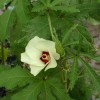
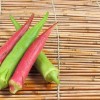
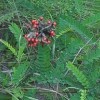
.jpg)
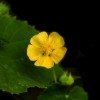
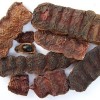
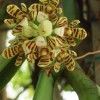
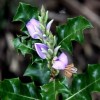
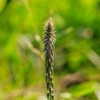
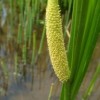
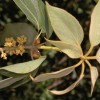
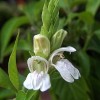
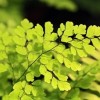
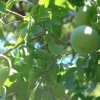
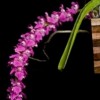
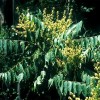
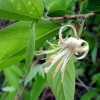
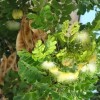
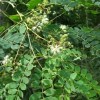
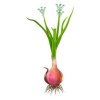
.jpg)
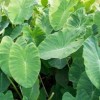
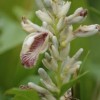
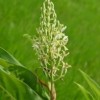
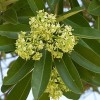
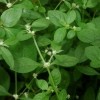
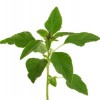
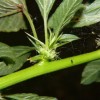
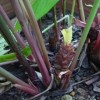
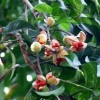
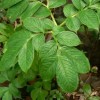
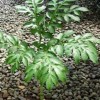
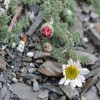
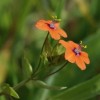
.jpg)
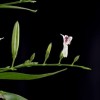
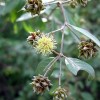
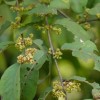
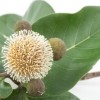
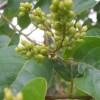
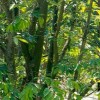
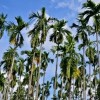
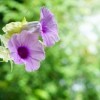
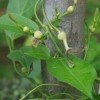
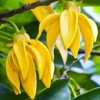
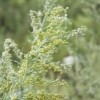
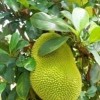
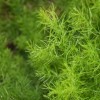
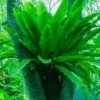
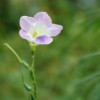
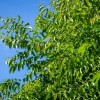
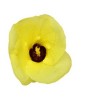
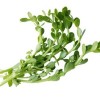
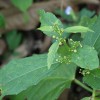
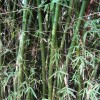
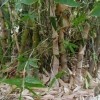
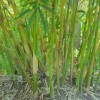
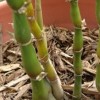
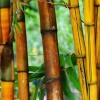
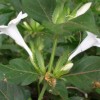
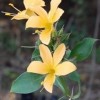
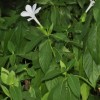
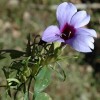
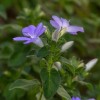
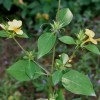
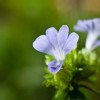
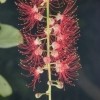
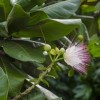
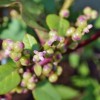
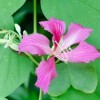
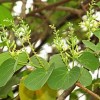
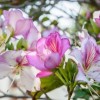
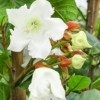
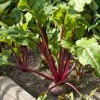
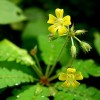
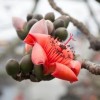
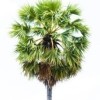
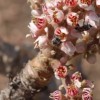
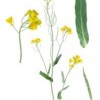
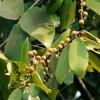
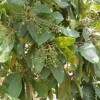
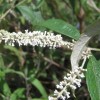
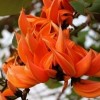
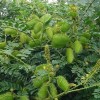
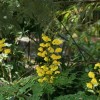
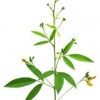
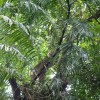
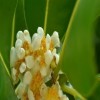
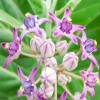
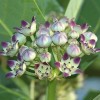
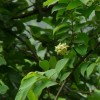
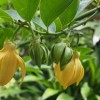
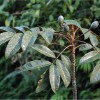
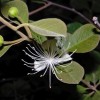
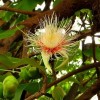
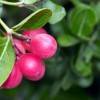
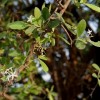
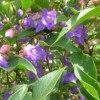
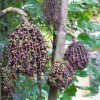
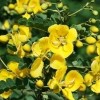
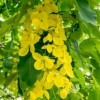
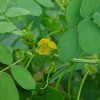
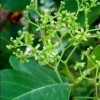
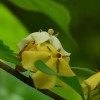
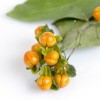
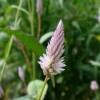
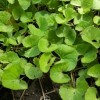
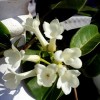
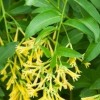
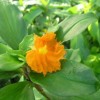
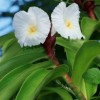
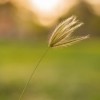
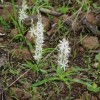
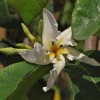
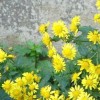
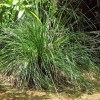
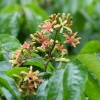
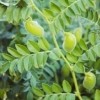
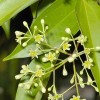
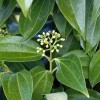
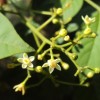
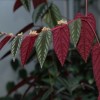
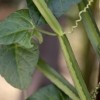
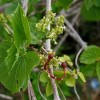
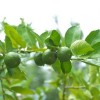
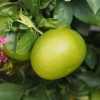
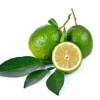
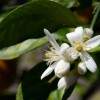
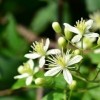
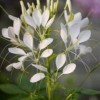
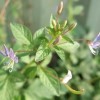
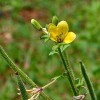
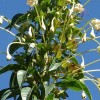
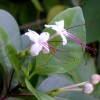
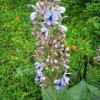
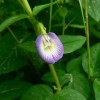
.jpg)
.jpg)
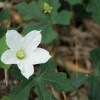
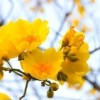
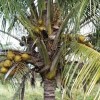
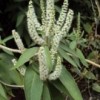
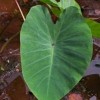
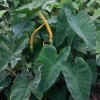
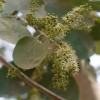
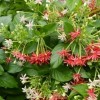
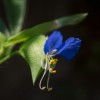
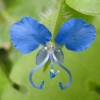
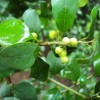
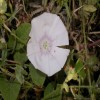
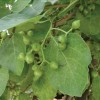
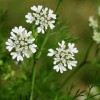

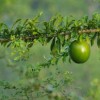
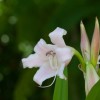
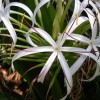
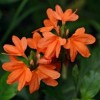
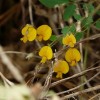
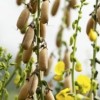
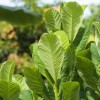
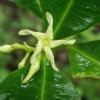
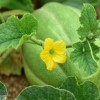
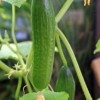
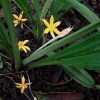
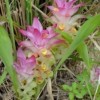
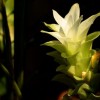
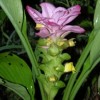
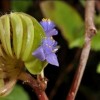
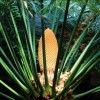
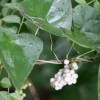
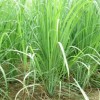
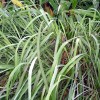
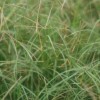
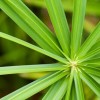
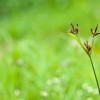
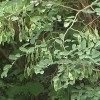
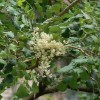
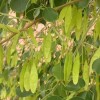
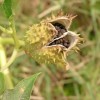
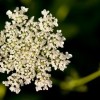
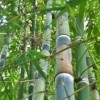
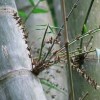
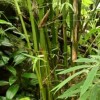
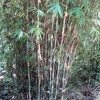
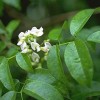
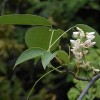
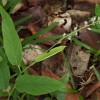
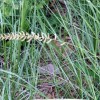
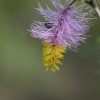
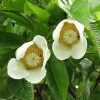
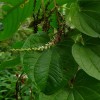
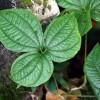
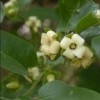
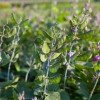
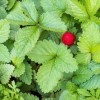
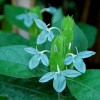
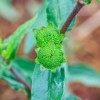
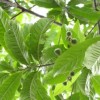
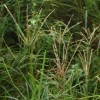
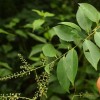
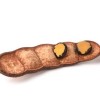
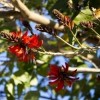
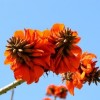
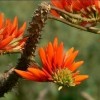
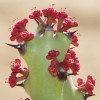
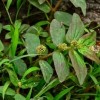
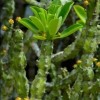
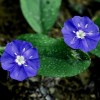
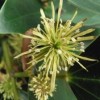
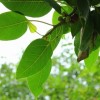
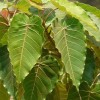
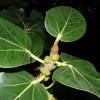
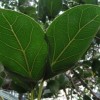
.jpg)
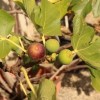
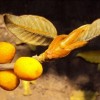
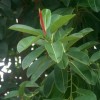
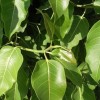
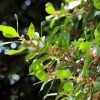
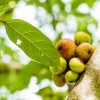
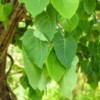
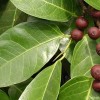
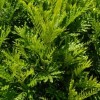
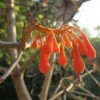
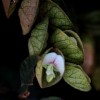
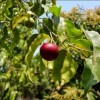
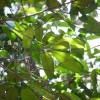
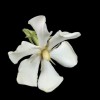
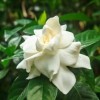
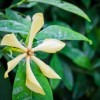
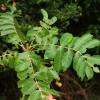
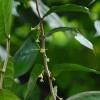
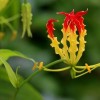
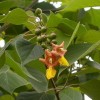
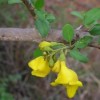
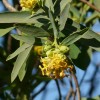
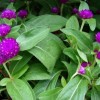
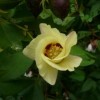
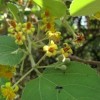
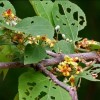
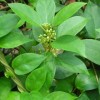
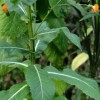
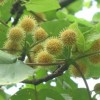
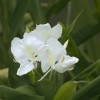
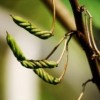
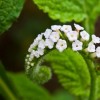
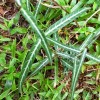
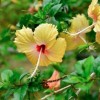
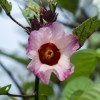
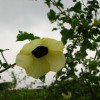
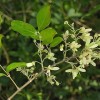
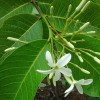
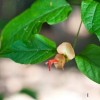
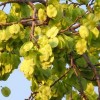
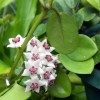
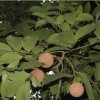
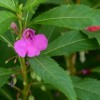
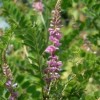
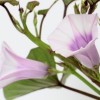
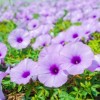
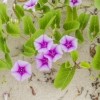
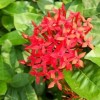
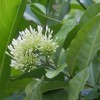
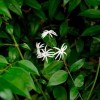
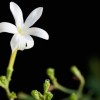
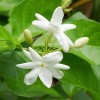
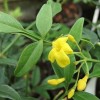
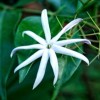
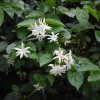
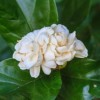
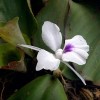
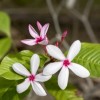
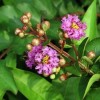
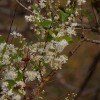
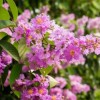
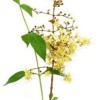
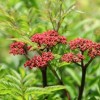
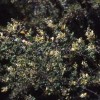
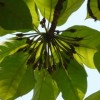
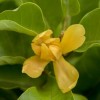
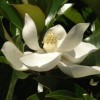
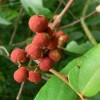
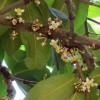
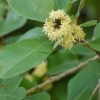
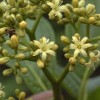
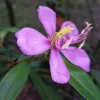
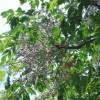
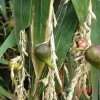
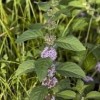
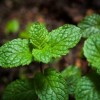
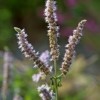
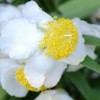
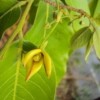
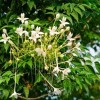
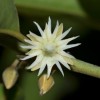
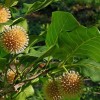
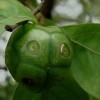
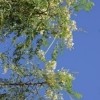
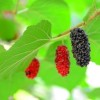
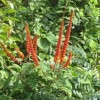
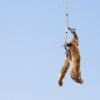
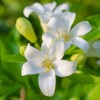
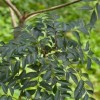
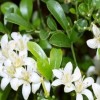
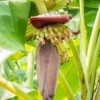
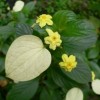
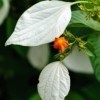
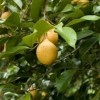
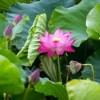
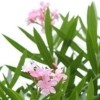
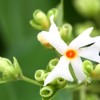
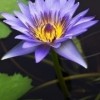
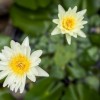
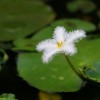
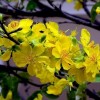
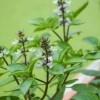
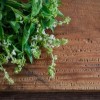
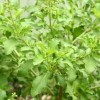
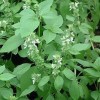
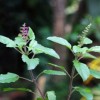
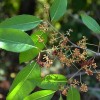
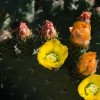
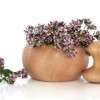
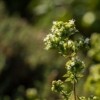
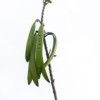
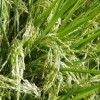
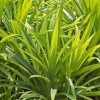
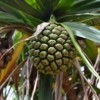
.jpg)
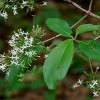
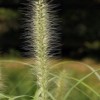
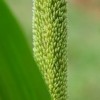
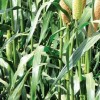
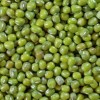
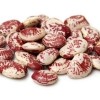
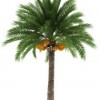
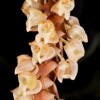
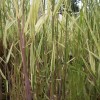
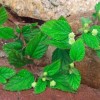
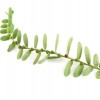
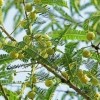
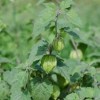
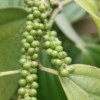
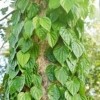
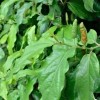
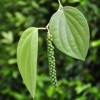
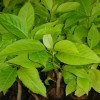
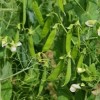
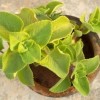
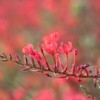
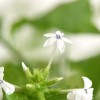
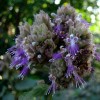
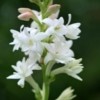
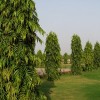
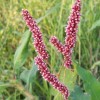
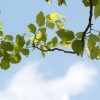
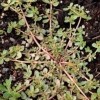
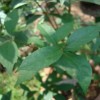
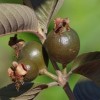
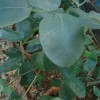
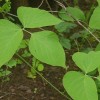
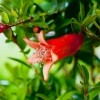
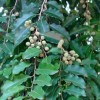
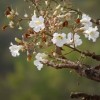
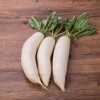
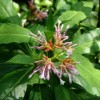
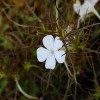
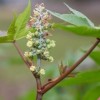
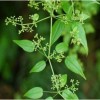
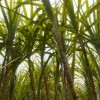
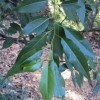
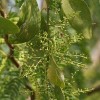
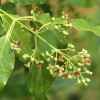
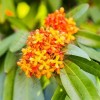
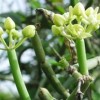
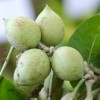
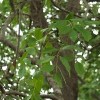
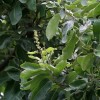
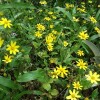
.jpg)
.jpg)
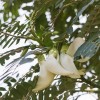
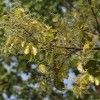
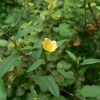
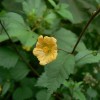
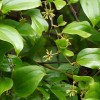
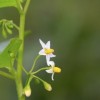
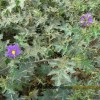
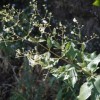
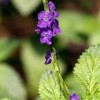
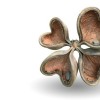
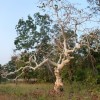
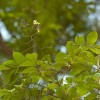
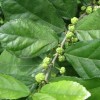
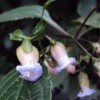
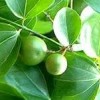
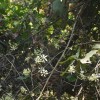
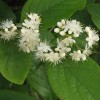
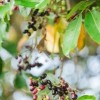
,.jpg)
.jpg)
.jpg)
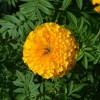
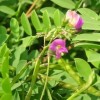
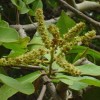
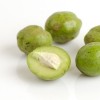
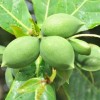
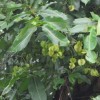
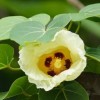
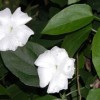
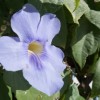
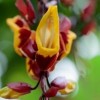
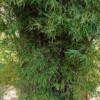
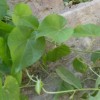
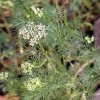
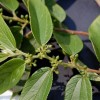
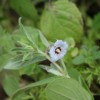
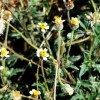
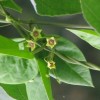
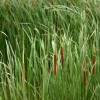
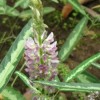
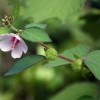
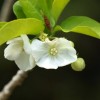
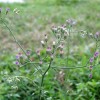
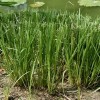
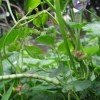
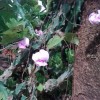
.jpg)
